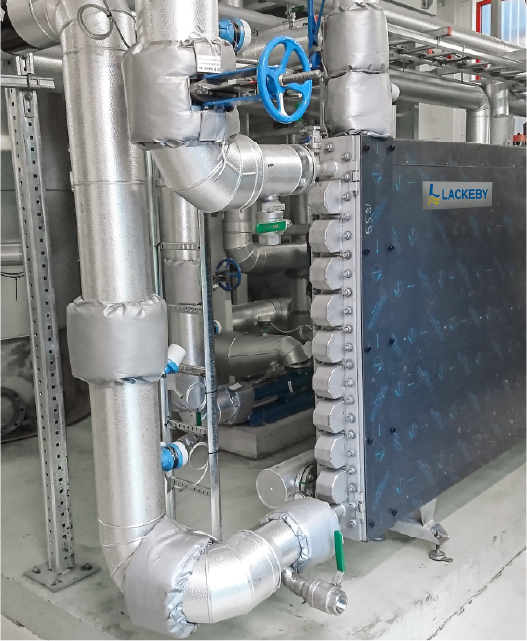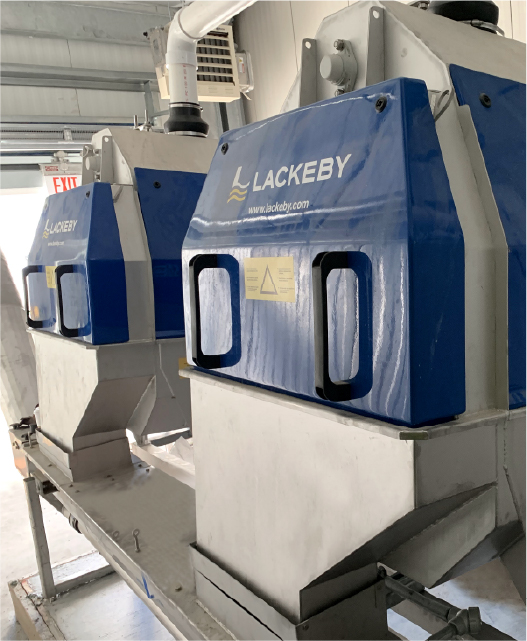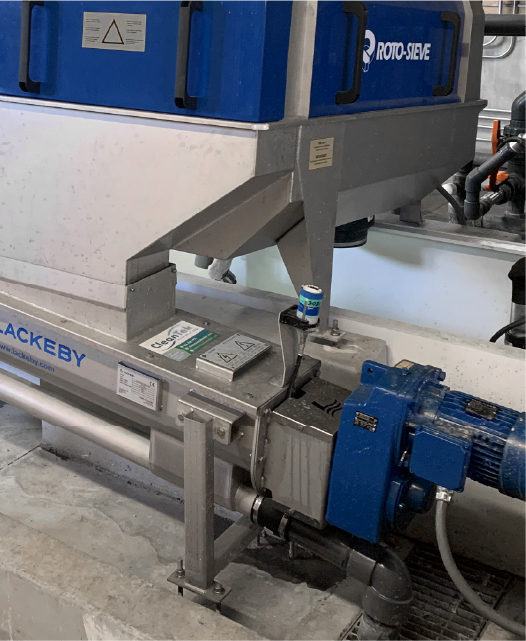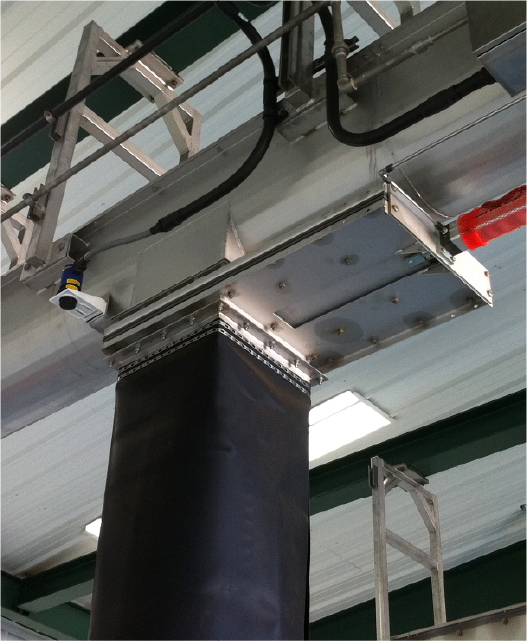Biosolids Treatment
and Energy Recovery
Solutions
Biosolids Treatment
and Energy Recovery
Solutions
OVERVIEW
OVERVIEW
Biogas Industry Products
Using byproducts from many processes, biogas can be produced by recycling organic wastes from other production centers. The conversion of waste to usable energy is possible through anaerobic digestion. With the use of microorganisms to break down organic waste, anaerobic digestion generates biogas that can be combusted to generate electricity and heat or be processed into renewable gas and fuels.
Biogas Wastewater Treatment Products
Roto-Sieve Drum Screens are a very effective and economical method to remove unwanted inorganic wastes from the biogas process.
Our Roto-Sieve Screens are designed and customized per application to effectively target what needs to be screened. In the biogas process, the sludge slurry can be properly screened and prepared for the digestion process. This product can then be used as sludge for the energy production process.
Energy and heat capture is also a critical part of the biogas process. Our Sludge Heat Exchanger excels in this area when usable energy can be extracted from an organic sludge mixture and be used as biogas. Each Sludge Heat Exchanger is customized per application using our proprietary design to maximize energy and heat recovery.
Recommended Products
Biogas Dewatering
Are you tired of the limitations that come with traditional biogas production methods? Do you want to unlock the full potential of your biogas and take your energy output to new heights? Look no further than biogas dewatering! By removing excess water from your biogas, you can increase its purity and efficiency, reducing costs and boosting output. In this blog post, we’ll explore why dewatering is essential for tapping into the full power of biogas production.
What is biogas?
Biogas, also known as natural gas from organic material, is a renewable energy source that can be used to generate electricity and heat. It is created when organic matter, such as plant waste or manure, decomposes in anaerobic conditions. The resulting gas can be burned to create heat or used to power vehicles.
There are a number of ways to produce biogas. The most common method is anaerobic digestion, which uses microbes to break down the organic material into molecules that can be accessed by the plants’ cells for respiration. Anaerobic digesters can be found on farms, sewage treatment plants, landfills and alternative energy facilities.
The benefits of using biogas include its low emissions profile and its potential role in reducing greenhouse gases. Biogas also has many applications beyond just energy production. For example, it can be used to produce fertilizers or food additives, and it can be used as a fuel for industrial processes such as manufacturing or baking goods.






